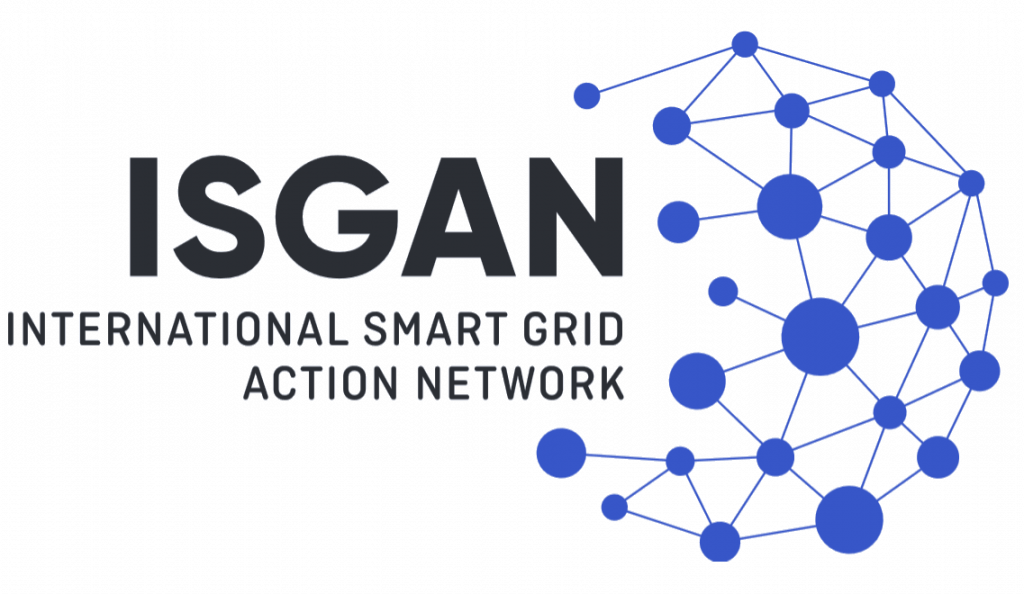Webinar – Demonstration of grid forming capabilities and synchronisation services

05 April 2022 – 13:00 CEST – ISGAN Virtual Learning and the OSMOSE project invite you to this webinar concerning off-the-shelf inverters interfacing energy storage systems.
Webinar – Contribution of the Osmose project to the enhancement of the IEC61850 standard: Improvement of the engineering process and storage data modeling

28 January 2022 – 13:00 – ISGAN Academy Webinars invites you to discover the contribution of the Osmose project to the enhancement of the IEC61850 standard: Improvement of the engineering process and storage data modeling
Webinar – Optimizing the value of storage in power systems and electricity markets – the Smart4RES project

9 December 2021 – 12:00 CET – ISGAN Academy Webinars invites you to discover how optimize the value of storage in power systems and electricity markets – the Smart4RES project
Webinar – Dynamic Virtual Power Plant to combine flexibilities of dispatchable and non-dispatchable RES – the POSYTYF project

18 November 2021 – 15:00 CET – ISGAN Academy Webinars invites you to discover the Dynamic Virtual Power Plant (DVPP) concept under development by the POSYTYF project.
(CEM12) The 7th ISGAN Awards Ceremony
Open invitation to join the 7th ISGAN Award of Excellence Ceremony
Webinar – Regulatory Sandboxes for Smart Energy Systems – What innovators and researchers should know about it?

10 June 2021 14:00 CEST – The webinar will provide information about what Smart Energy Systems innovators and researchers should know about Regulatory Sandboxes and other Regulatory Experimenting as measures for accelerating the transition to a global clean energy economy.
Webinar – Optimising participation of renewables generation in multiple electricity markets: Smart4RES vision, opportunities and role of forecasting

09 June 2021 13:00 CEST – In electricity markets, errors associated to RES production forecasting lead to imbalance penalties when actual delivered production deviates from bids. Optimisation strategies, requiring multiple predictions, have been proposed to minimize these penalties. However, having so many predictions represents a cost for operators and can be source of inefficiency by cumulating forecasting errors. In this context, Smart4RES proposes optimisation methods for trading tools, considering multiple market opportunities, high resolution forecast and prescriptive analytics.
Webinar: Electricity market designs for flexibility: from zonal to nodal architectures, findings from first market simulations

27 May 2021 14:00 CEST – Which are the most suitable market designs to capture the value of flexibility in power systems?
The European project OSMOSE has developed different models from nodal to zonal market architectures to assess the economic value of different flexibility mixes (load, generation and power flows) in future power system scenarios.
The webinar will introduce the zonal and nodal market designs modelled in OSMOSE, present the first simulation results, and discuss the preliminary findings of this ongoing work.
Webinar – IEC61850 standard: what for, which benefits, what pending challenges? How is the Osmose project contributing?

3 May 2021 15:00 CEST – This webinar introduces the IEC61850 standard on communication protocols for intelligent electronic devices at electrical substations, and its benefits. The interoperability needs and issues are presented, as well as the IEC61850 scope and structure, its applications fields, and complementarity with other standards. It concludes on the ongoing developments within the OSMOSE project for the standard’s implementation (subject of a second webinar).
Webinar – Advanced weather forecasting for RES applications: multi-source observations to improve solar forecasting within the Smart4RES project

29 Apr. 2021 13:00 CEST – ISGAN and Smart4RES invite you to the 2nd part of its webinar series on Advanced Weather Forecasting. This webinar will present solar irradiance forecasting methods based on a network of ground-based sky cameras, radiometers and ceilometers as well as satellite data. Furthermore, new designs to data assimilation are presented that combine the best of the observations with the best of numerical weather prediction models to produce optimized weather forecast for RES applications.

